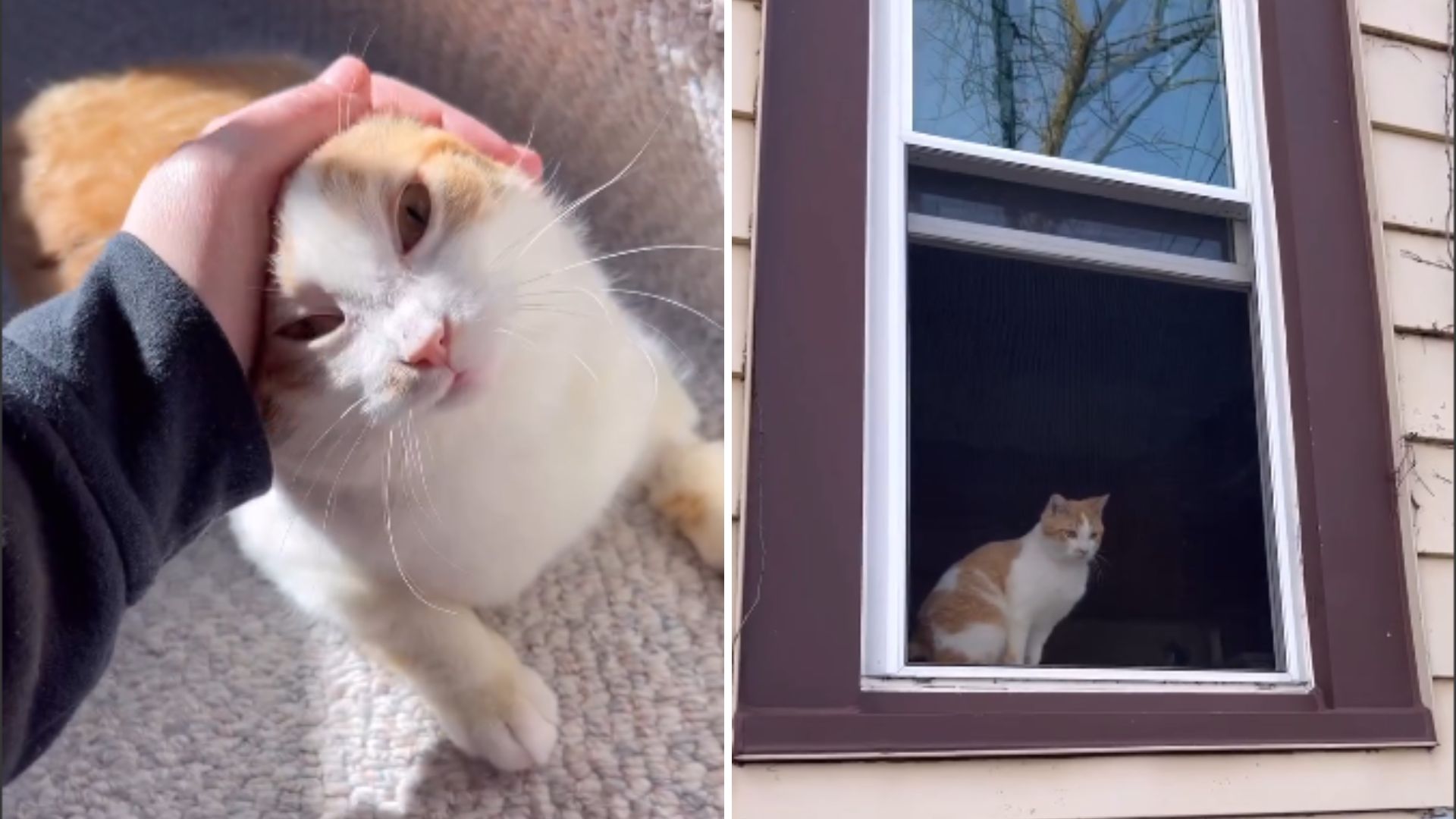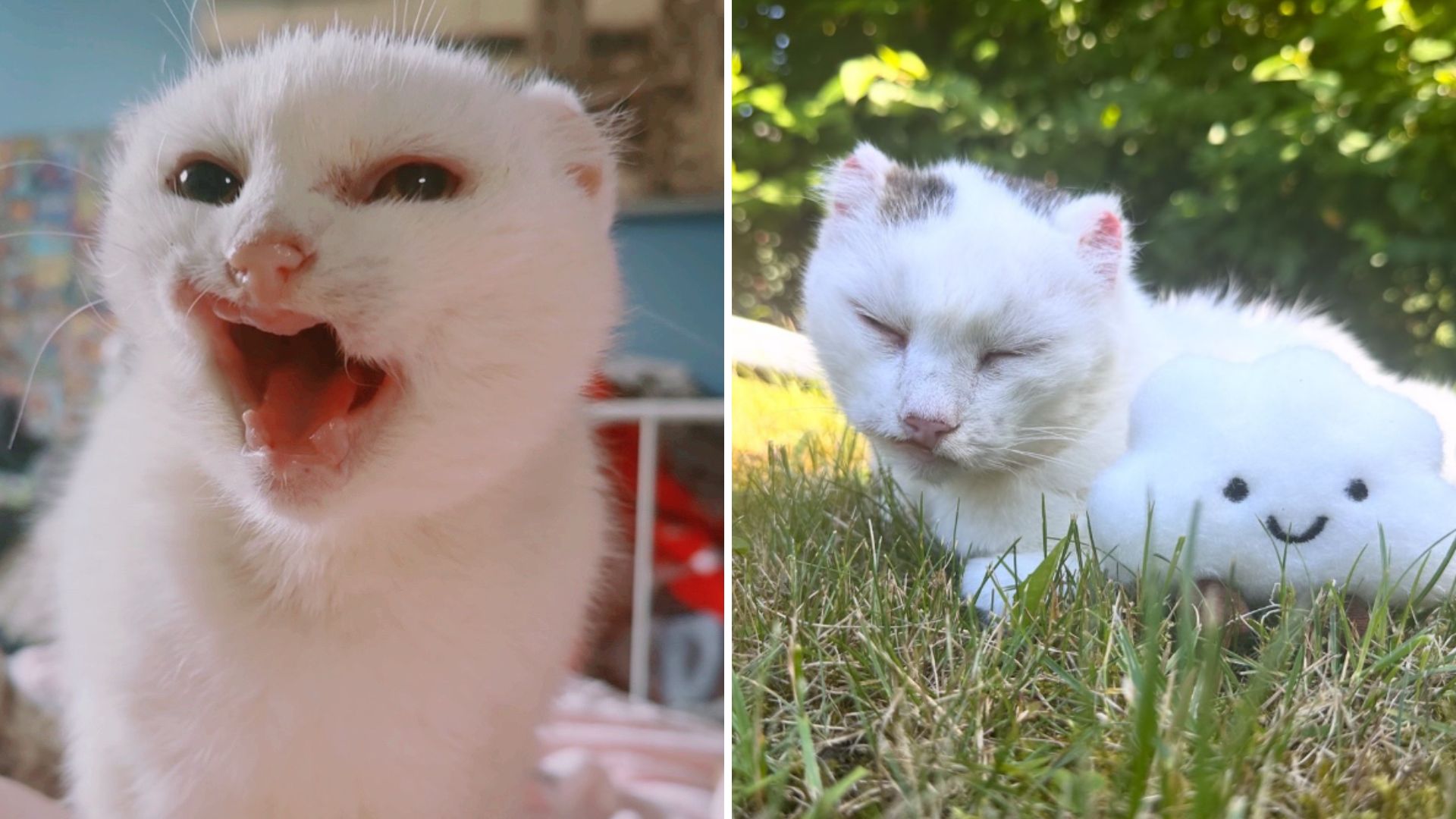Sign up for daily gardening advice and tips
Crumbs moving independently across the kitchen floor? A line of small black things crawling in and out of your trash bin? Looks like you have an ant infestation. Here’s how to get rid of ants permanently—from little black ants to carpenter ants—with 8 natural remedies for the kitchen, home, and garden.

Ants as Pests
Ants play an important role in nature, but most of us can agree that they don’t belong in people’s homes. Nonetheless, ants are among the most frequent household pests. There are about 1,000 known ant species in North America and over 12,000 species worldwide.
In the outdoor world, ants are generally beneficial insects. They mostly live in the garden and help aerate the soil. In addition, they are scavengers, helping to reduce the numbers of other insects—including those we consider pests. Ants are part of the insect order Hymenoptera and count bees and wasps among their relatives.
In the indoor world, there are only a few species that come into people’s homes. They’re not generally dangerous—just annoying.

How to Identify Ants
Though ants are familiar insects, in the home, they are sometimes confused with termites. If you look closely enough, you can tell an ant by its slim middle and curved antennae. Termites have thick middles and upright antennae.
The body of an ant is divided into three sections: head, thorax, and abdomen. An ant’s middle may have one or two segments, or “nodes.” This feature divides ants into the aptly named groups of one-node and two-node ants.

As with bees, ants’ colonies are largely female. Wingless adult ants are the colony’s workers, who are in charge of gathering food, feeding larvae, sustaining the nest, and protecting the colony. The colony queen’s only job is to lay eggs. Male ants have wings and mate with the queen.
Common House Ant Species
Carpenter Ants
Carpenter ants are large, ranging from 1/4-inch to 5/8-inch long. They are dark brown or black, but some species may have red or yellow coloring.
When carpenter ants build their nests, usually in damp or decaying wood, they dig out tunnels which weakens the wood from the inside. You’ll know you have these pests by the appearance of small holes on the surface of wood and by the debris they produce from tunneling.

Odorous House Ants
Odorous house ants are only about 1/8-inch long and have beehive-shaped abdomens. They are dark brown or black.
When threatened or crushed, odorous house ants give off a smell of rotten coconut, hence their name. While these ants do not pose a public health risk, they can contaminate food.
Little Black Ants
Little black ants are 1/16-inch long with two-segmented abdomens. They can be dark brown to black, but usually very dark black. These ants are shiny.
While little black ants don’t pose a threat to our health, they can be a nuisance and contaminate food.
Control and Prevention
What Attracts Ants To Your Home?
The most common reason for ants to venture inside is in search of food. The first step is to make your house less attractive to ants. They love it when you leave dirty dishes in the sink, don’t wipe up sticky countertops, and leave crumbs on the floor. They also enjoy pet food as much as your dog or cat. What starts with a few ants feasting on the juice that never got wiped up off of the floor can turn into a real pest problem. It only takes one ant to discover a smorgasbord of crumbs and then ring the dinner bell for the rest of the colony!
Though most ants rarely cause significant damage or harm, their abundant numbers can become a nuisance.

Natural Remedies to Get Rid of Ants
The first step in stopping an infestation is to determine where the ants are invading from—perhaps a poorly sealed window, a crack in the baseboard, or a gap in the doorframe? When you see ants, don’t squish them; let them lead you to their entry and exit point.
Once you determine how the ants are getting in, consider doing the following:
- Soap and Water: First, clean up. Use soap and water to wipe up ant trails or chemical paths. As ants explore, they leave behind a trail of pheromones, which helps their fellow ants know where to go. Destroying this trail will prevent other ants from finding their way in.
- Lemon and Water: Some folks use lemon juice to mask this ant trail, making a spray of three parts water and one part lemon juice to spray around window ledges, door frames, and wherever ants are entering.
- Vinegar and Water: Consider changing your cleaning habits by adding vinegar to water! Many readers create a spray bottle of half water/half vinegar and use it for cleaning kitchen counters and mopping floors. Ants steer clear of vinegar which is acidic. Some add drops of peppermint oil to the mix. Just cheap white vinegar is fine. If you find the ants’ next, pour in about one liter of vinegar.
- Diatomaceous Earth: Dust around infested areas with diatomaceous earth. DE (aka silicon dioxide) is an abrasive material that will dehydrate any ants that come in contact with it. Use food-grade, not swimming pool DE. Sprinkle diatomaceous earth along the perimeter of your kitchen, your baseboards, ledges, door thresholds, cracks, and elsewhere. Wear a face mask to avoid breathing in. It’s not harmful, but it’s best not to touch DE. Do not wet DE or let it get wet.
- Borax, Sugar, and Water: Folks swear by Borax, a boron compound, as an effective method of controlling an ant infestation. It’s a natural substance that is non-toxic to humans when used properly and poisonous to them when ingested. But ants are not attracted to Borax itself, so you have to mix it with something tempting to ants such as sugar. Add water to the borax and sugar mix to make a thick sugary borax-y syrup. The worker ants will take it back into the nest. Borax needs to be kept away from pets and small children so put where they can’t reach it; otherwise, it’s relatively safe beyond that, as it is only toxic if you eat it.
- Cinnamon and Peppermint: If you’re concerned about Borax as an indoor remedy, try natural remedies. Cinnamon sprinkled where ants come inside is an effective DIY repellent. Cinnamon oil also works as it’s stronger. Peppermint oil works the same way. Either dip a Q-tip in the oil and draw borders as ants won’t cross a smelly path. Or, make a spray bottle—add drops of essential oil into soapy water (20 drops per 2 cups of water).
- Cornmeal, Cream of Wheat, Coffee Grounds: For the outdoors, ants are beneficial. However, if you have ant nests or ant problems right in your garden beds, try these natural remedies. Sprinkle cornmeal or Cream of Wheat or old (brewed) coffee grounds around the ant tests or in cracks in the patio. It will take a week or so, but you’ll often see the ants move homes to settle a distance away.
- Organic Ant Bait: Alternatively, purchase liquid ant bait traps, such as Terro, which are made with Borax and specially formulated to attract ants. Place baits close to visible ant trails but outside the reach of pets and children When the ants carry the bait food back to the nest, the other members of the colony ingest it. The bait will work most effectively if you keep other surfaces clean so that the bait is the only sweet substance available to attract the ants.
Avoid the temptation to use pesticides inside the home. They may eliminate a few visible ants, but the queen ant (sheltered inside the wall) will quickly make more work ants to replace them. Also, pesticides are chemicals that also kill helpful insects, such as bees and predatory insects.
How To Prevent Ants From Entering Your Home
Once you’ve stopped an infestation, it’s time to ensure that it doesn’t happen again.
- Wipe counter surfaces thoroughly. Be diligent about picking up crumbs and cleaning up spills, especially sugary, sweet liquids like lemonade, juice, and soda.
- Keep floors swept and rugs vacuumed.
- Do dishes promptly.
- Keep food sealed. Use food bags tightly closed or consider using hard, sealed storage containers that can’t be easily chewed through, like glass or plastic.
- Store ripe fruit in the refrigerator.
- Clean up pet food as soon as pets are done eating. Wipe around pet food bowls and rinse daily.
- Empty and clean garbage cans and recycling bins frequently.
- Check houseplants and remove if they have ants as ant nests are often in the soil.
- Seal cracks and crevices that ants may be using to enter your home. Seal around windows and doors and all cable, pipe, and wire entry points. Use silicone caulk, putty, or glue.
- Keep firewood stacked at least 20 feet away from your home, as ants may see this space as a perfect place to put their colony!
We hope you found this advice helpful.
See our related article on how to keep rodents (mice and rats) and squirrels out of the home.





